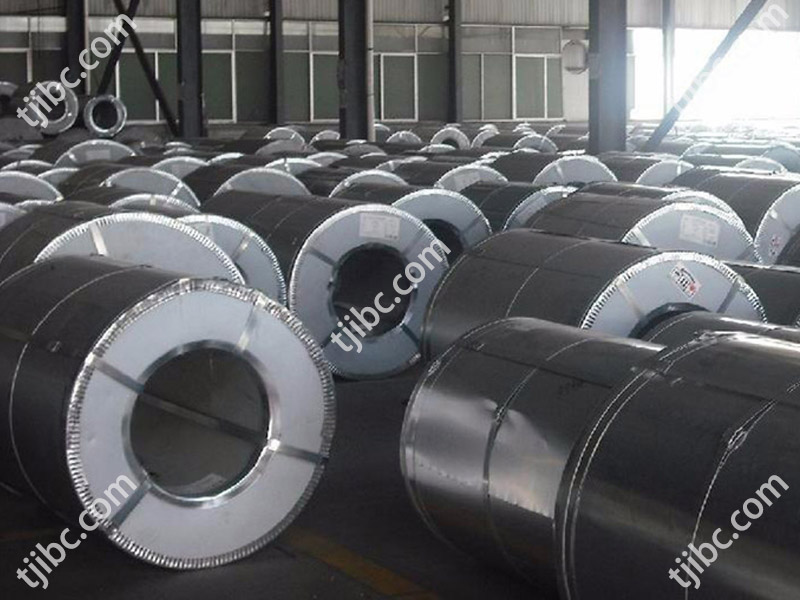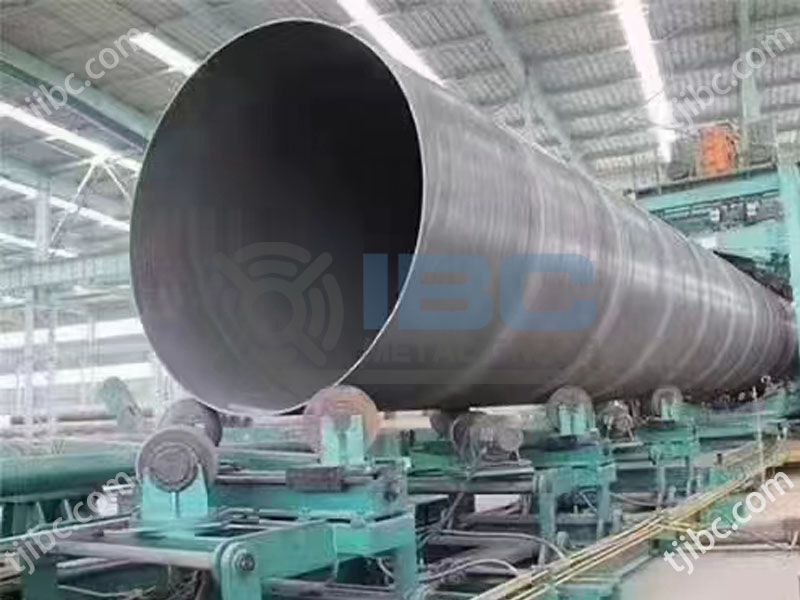The piping products and systems that serve industrial applications have evolved along with them as they have become more complex. The most prominent discussion in the pipe manufacturing industry is between electric resistance welded vs. seamless steel pipe, both of which have been in use for decades. Over time, the manufacturing methods for both ERW and seamless steel pipes have improved. Which is better?
Manufacturing Welded Pipe
The welded pipe made up of long, coiled ribbons of steel called skelps that cut to the desired length. This results in a flat rectangular sheet. The width of the shorter ends of that sheet will use to calculate the pipe’s future outside diameter. In the ERW process, high-frequency electrical current passed between the edges of rectangular sheets, melting and fusing them together.
In comparison to double submerged arc welding (DSAW), which leaves behind an obvious weld bead that needs to be eliminated depending on the application, ERW pipe doesn’t use fusion metals and the weld seam can’t be seen or felt.
It is likely that the most important advancement has been the switch to high-frequency electric currents for welding welded pipes. Before the 1970s, low-frequency electric currents were used. The seams produced by low-frequency ERW are more likely to corrode and fail. After manufacture, most welded pipe types require heat treatment.
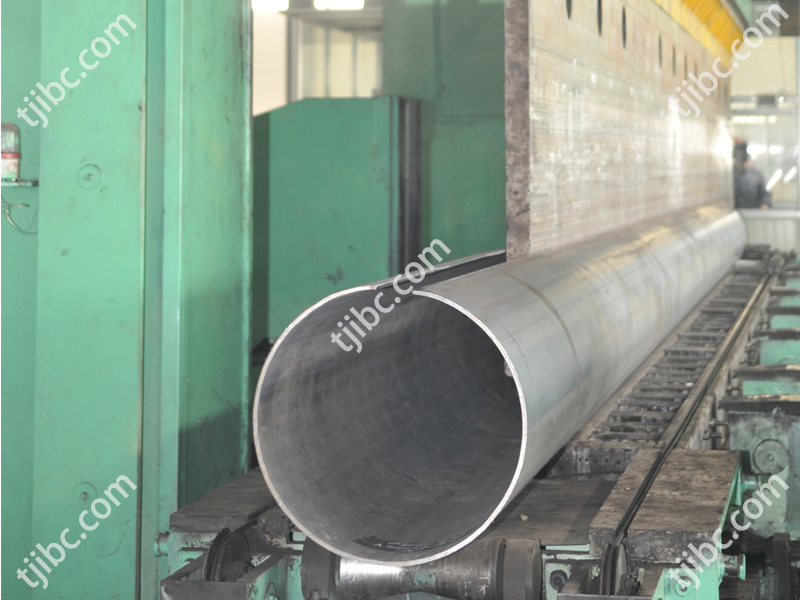
Manufacturing Seamless Pipe
In order to create seamless piping, a solid cylindrical piece of steel called a billet pierced through the center with a mandrel while still hot, then rolled and stretched. A billet precisely rolled and stretched to meet the customer’s orders regarding length, diameter, and wall thickness.
In some seamless pipe types, heat treatment is not needed after manufacturing. In others, heat treatment required. Consult the specification of the seamless pipe type you’re considering.
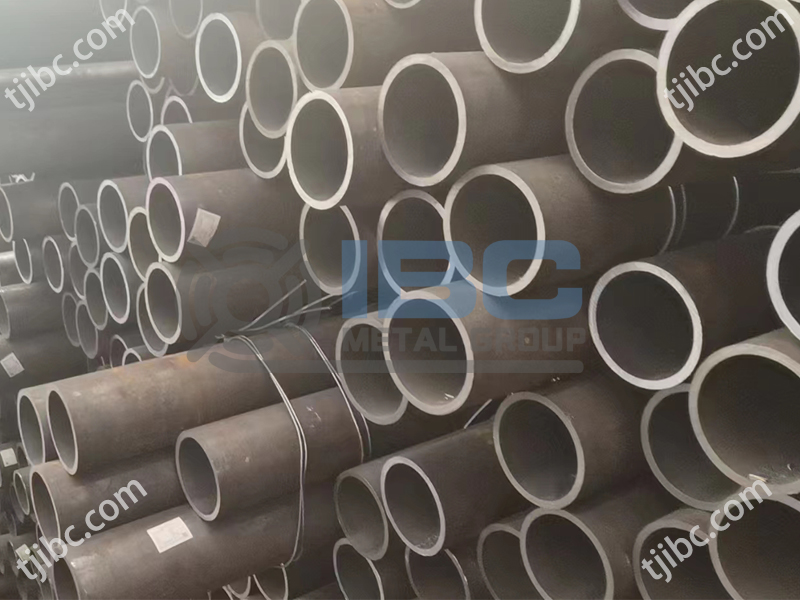
Historical Perspectives and Use Cases for Welded vs. Seamless Steel Pipe
ERW and seamless steel piping have primarily been favoured due to traditional views. A welded pipe was seen as more vulnerable because of the joined seam, while a seamless pipe was thought to be more secure. However, with modern manufacturing processes and quality control, welded pipe is just as reliable so long as its specifications not exceeded. On the other hand, one criticism of seamless pipes is that when the metal rolled and stretched it can lead to an inconsistent wall thickness contrasting with welding which uses sheets with a predetermined thickness.
Industry standards still reflect the widely-held perception that seamless pipe best suited for high-pressure and high-temperature applications in oil & gas, power generation and pharmaceuticals, while welded piping is better for other uses providing it can meet the parameters outlined in said standard. The latter is frequently more economical to make and generally easier to find.
There is no difference in performance between ERW and seamless steel pipe in structural applications. While the two can use interchangeably, it makes little sense to specify seamless when cheaper welded pipe would suffice.
Good Purchasing Practice for Welded & Seamless Steel Pipe
As piping products are specified for a project, engineers need to note that the specification books they use to write specifications (such as those provided by ASTM, ASME, ANSI, and API, among others) only list pipe grades, without referencing whether the pipes are ERW or seamless. Both methods cannot use to make all grades.
A potential mix-up can occur, for example, if an engineer specifies welded pipe with a large outside diameter and wall thickness without realizing that it cannot manufacture. It is likely that this error will not be noticed until a pipe supplier notified the customer that the order cannot be fulfilled.
A good understanding of industry standards can also lead to cost savings. For example, the A106 and A53 carbon steel pipe standards are excellent examples. We discuss in this article how pipes that comply with the former must be seamless, whereas pipes that comply with the latter can be either seamless or welded. In the case of an engineer following the A53 standard on a given project, the engineer may still be able to choose which type to specify based on the application’s specifics.
Show Us Your Specs, Request a Quote and Get Your Pipe Fast
The best inventory of welded and seamless steel piping products in the industry is always available at IBC (Tianjin) Industrial Co., Ltd. Regardless of any applicable statutory restrictions, we source our stock from mills around the world, ensuring buyers get the pipe they need faster.
In our steel pipe buyer’s guide, we’ll help you navigate the piping procurement process from start to finish to ensure you get what you need as quickly as possible when the time comes. Request a quote if you plan to purchase piping soon. We’ll give you one that gets you the products you need quickly.
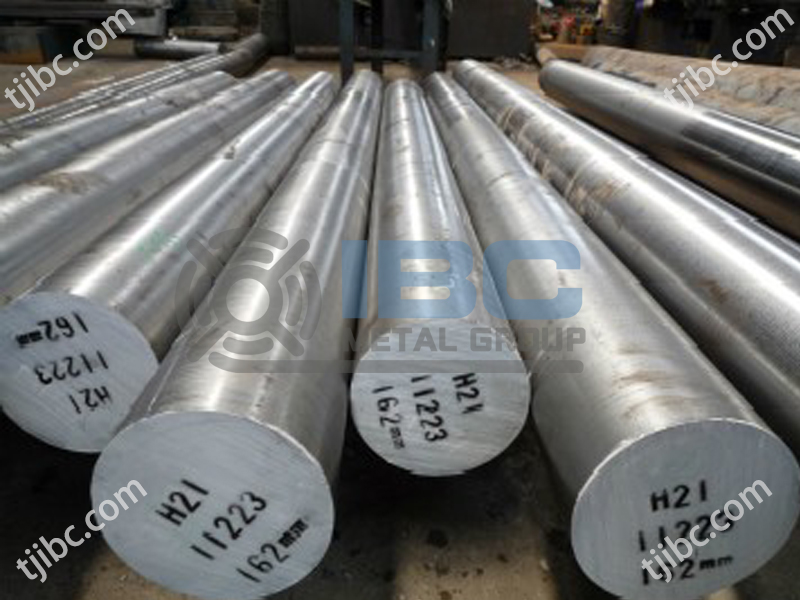
Contact with IBC Metal Group Today!

